Non sei sicuro se scegliere i pattini a rotelle o gli inline skate? Ecco una rapida panoramica:
- I pattini a rotelle (quad skate) sono stabili, adatti ai principianti e perfetti per piste al chiuso, movimenti artistici e danza. Ma sono più lenti e meno adatti alle superfici esterne.
- Gli inline skate (rollerblades) sono più veloci, ottimi per il fitness e affrontano facilmente i percorsi all'aperto. Tuttavia, sono più difficili da bilanciare per i principianti e non sono l'ideale per curve strette al chiuso.
Prezzi: I pattini a rotelle per principianti costano tra $150 e $175, mentre i modelli di alta gamma come i Moxi Lolly Outdoor arrivano fino a $369. Gli inline skate per fitness o uso avanzato variano, ma aspettati di pagare di più per opzioni durevoli e orientate alle prestazioni.
In sintesi? Se pattini al chiuso o sei alle prime armi, scegli i pattini a rotelle. Se cerchi velocità, fitness o divertimento all'aperto, gli inline skate sono la scelta giusta.
Ecco tutto ciò che devi sapere per fare la scelta migliore per i tuoi obiettivi di pattinaggio.
Pattini a rotelle: caratteristiche, vantaggi e svantaggi
Caratteristiche principali dei pattini a rotelle
I pattini a rotelle, spesso chiamati pattini quad, si distinguono per il loro classico design a quattro ruote. Le ruote sono disposte in configurazione 2x2 - due davanti e due dietro - montate su una piastra robusta sotto la scarpa. Questa disposizione crea un centro di gravità più basso, mantenendoti più vicino al suolo per una maggiore stabilità e migliore trazione con la superficie di pattinaggio. Nella parte anteriore di ogni pattino, troverai un freno a punta. Per usarlo, basta sollevare le dita dei piedi e inclinarsi in avanti per attivare il fermo. Queste caratteristiche rendono i pattini a rotelle una scelta solida per chi inizia, offrendo una piattaforma stabile e facile da usare.
Vantaggi dei pattini a rotelle
Uno dei maggiori vantaggi dei pattini a rotelle è la loro stabilità, soprattutto per i principianti. Il design a quattro ruote offre un eccellente equilibrio laterale, aiutando i nuovi arrivati a sentirsi più sicuri mentre imparano a pattinare. Questa configurazione affidabile rende anche i pattini a rotelle ideali per attività come il pattinaggio artistico, le routine di danza e il roller derby, dove il controllo preciso durante giri, scivolate e curve rapide è fondamentale. Inoltre, brillano nelle piste da pattinaggio indoor con pavimenti lisci e uniformi, offrendo ai pattinatori l'ambiente perfetto per esercitarsi e esibirsi.
Svantaggi dei pattini a rotelle
Naturalmente, i pattini a rotelle non sono privi di svantaggi. La velocità è una limitazione notevole. Le ruote più larghe e il passo più corto creano maggiore resistenza al rotolamento, il che significa che avrai più difficoltà a raggiungere e mantenere alte velocità rispetto ai pattini in linea.
"I pattini in linea (rollerblade) spesso sembrano più stabili ad alta velocità e su percorsi all'aperto; i pattini quad sono popolari per lo stile danza/pista." - Clean Eatz Kitchen
Un'altra sfida è l'uso all'aperto. Anche se puoi portare i pattini a rotelle fuori, non sono i migliori per superfici irregolari o lunghe distanze. Il passo più corto può farti sentire meno stabile, specialmente quando affronti dossi o crepe. E non dimentichiamo il freno a punta - è efficace ma richiede un po' di pratica per padroneggiarlo. Se pattini all'aperto o su terreni più accidentati, questi fattori possono rendere l'esperienza un po' più complicata.
Pattini in linea: caratteristiche, vantaggi e svantaggi
Caratteristiche principali dei pattini in linea
I pattini in linea, spesso chiamati rollerblade, si distinguono per il loro disposizione delle ruote in fila singola. A differenza della configurazione 2x2 dei pattini a rotelle, i pattini in linea allineano da 3 a 5 ruote in una linea retta sotto ogni scarpa. Questo design crea un passo più lungo e alza il centro di gravità del pattinatore. Le ruote sono tipicamente più grandi e sottili rispetto ai pattini a rotelle, riducendo il contatto con la superficie e la resistenza al rotolamento per un movimento più fluido.
Invece di un freno a punta come i pattini a rotelle, i pattini inline solitamente hanno un sistema di frenata al tallone. Per fermarsi, si estende un piede in avanti e si sollevano le dita, permettendo al freno al tallone di toccare il suolo. I telai dei pattini sono spesso realizzati con materiali leggeri come alluminio o plastica di alta qualità, bilanciando durata e peso minimo. Molti modelli hanno anche una taglia regolabile, rendendoli una scelta pratica per bambini in crescita o famiglie che condividono i pattini. Questi elementi di design pensati contribuiscono alla loro performance distintiva.
Vantaggi dei Pattini Inline
I pattini inline brillano quando si tratta di velocità e agilità. La configurazione a ruote in linea singola e le ruote più grandi li rendono più veloci ed efficienti, richiedendo meno sforzo per raggiungere velocità più elevate. Questo li rende i preferiti dagli appassionati di fitness che cercano un modo divertente per far battere il cuore.
Sono anche ottimi per l'uso all'aperto. Il passo ruote più lungo offre maggiore stabilità su superfici irregolari, permettendoti di scivolare senza intoppi su piste ciclabili, passerelle o strade cittadine senza essere scosso da ogni buca. Che tu stia andando al lavoro, esplorando o semplicemente girando nel quartiere, i pattini inline offrono una versatilità che i pattini a rotelle non possono eguagliare.
Per chi è focalizzato sul fitness, il pattinaggio inline è un fantastico allenamento a basso impatto. Il movimento in avanti e la capacità di mantenere lo slancio lo rendono un'eccellente attività cardio. I pattinatori spesso scoprono di poter coprire lunghe distanze senza sentirsi troppo affaticati, bruciando calorie e godendosi l'aria fresca. Inoltre, il movimento fluido è più dolce per le articolazioni rispetto ad attività ad alto impatto come la corsa, rendendolo un'opzione di esercizio amica delle articolazioni.
Svantaggi dei Pattini Inline
Detto ciò, i pattini inline non sono privi di sfide. Mancano di stabilità laterale, che può rendere difficile l'equilibrio per i principianti. Il passo ruote stretto non offre molto supporto laterale, e il sistema frenante può richiedere un po' di pratica. Unito a un centro di gravità più alto, le cadute possono sembrare un po' più drammatiche per chi è alle prime armi.
Un altro svantaggio è la loro performance indoor. Sebbene tecnicamente si possano usare i pattini inline nelle piste al coperto, non sono ideali per curve strette o movimenti artistici spesso richiesti nel pattinaggio indoor. Il passo ruote più lungo può risultare scomodo in spazi ristretti, e molte piste preferiscono o addirittura richiedono i tradizionali pattini a quattro ruote per proteggere i pavimenti e garantire la sicurezza.
Confronto: Pattini a Rotelle vs. Pattini Inline
Prestazioni e Velocità
I pattini inline sono progettati per velocità ed efficienza, specialmente su superfici lisce. Il loro design elegante li rende la scelta ideale per chi vuole coprire rapidamente distanze. D'altra parte, i pattini a rotelle sono spesso preferiti per la loro capacità di gestire spazi più stretti con facilità. Queste differenze nelle prestazioni significano che ogni tipo di pattino brilla in situazioni specifiche, sia che tu stia sfrecciando su un percorso dritto o manovrando in una pista affollata.
Usi e applicazioni
Per quanto riguarda l'uso, la scelta tra pattini inline e a rotelle spesso dipende dall'attività. I pattini inline sono ottimi per gli appassionati di fitness o chiunque cerchi una corsa fluida su lunghe distanze. Il loro design scorrevole li rende ideali per percorsi all'aperto e pattinaggio ricreativo. I pattini a rotelle, invece, dominano gli ambienti interni come piste e eventi sociali. Il loro design stabile offre un controllo migliore, che piace a chi ama ballare o semplicemente girare in modo più rilassato. In definitiva, la tua scelta dipenderà dai tuoi obiettivi di pattinaggio e dalle preferenze personali.
Livelli di abilità e curva di apprendimento
Imparare a pattinare comporta delle sfide, indipendentemente dal tipo che scegli. I pattini inline per principianti spesso includono caratteristiche per facilitare il processo, come gambali alti per un supporto extra alla caviglia, ruote più piccole (sotto i 90 mm) per un migliore controllo e chiusure sicure per mantenere i piedi ben aderenti. Detto questo, di solito c'è un periodo di adattamento - i tuoi piedi, caviglie e tibie potrebbero aver bisogno di qualche settimana per abituarsi. È una buona idea iniziare con sessioni più brevi e indossare sempre protezioni come casco, polsiere e ginocchiere e gomitiere.
I pattini a rotelle, in confronto, offrono una stabilità più immediata, che può essere utile per i principianti. Tuttavia, i pattini inline tendono a premiare la perseveranza con maggiore versatilità e prestazioni man mano che migliori. Sebbene le fonti non confrontino direttamente le curve di apprendimento dei due, è chiaro che entrambi hanno i loro punti di forza quando si tratta di aiutarti a trovare il tuo ritmo di pattinaggio.
sbb-itb-17ade95
PATTINI INLINE VS QUAD - 6 DIFFERENZE
Consigli per scegliere i pattini giusti
Quando si tratta di scegliere i pattini perfetti, tutto si riduce a prestazioni, stabilità e a come prevedi di usarli. Ecco una panoramica per aiutarti a fare la scelta migliore.
I migliori pattini per principianti
Se stai appena iniziando, i pattini a rotelle sono la tua scelta ideale. La loro base più larga ti dà un migliore equilibrio, esattamente ciò di cui hai bisogno mentre trovi il tuo passo. Le piste al coperto sono un ottimo posto per esercitarsi poiché offrono un ambiente sicuro e controllato per costruire fiducia.
Cerca pattini a rotelle con freni regolabili e stivali di supporto. Queste caratteristiche fanno una grande differenza nel comfort, soprattutto durante sessioni più lunghe. I modelli con gambale alto sono anche una scelta intelligente - offrono un supporto extra alla caviglia mentre rafforzi quei muscoli stabilizzatori. La buona notizia? I modelli adatti ai principianti sono facili da trovare e non costano una fortuna.
Pronto a portare il tuo pattinaggio a un livello superiore? Parliamo dei pattini per il fitness.
I migliori pattini per appassionati di fitness
Per chi vuole combinare il pattinaggio con la routine di allenamento, i pattini in linea sono un'opzione fantastica. Il loro design elegante e le ruote più grandi ti aiutano a mantenere velocità e slancio, rendendoli perfetti per sessioni di fitness all'aperto.
I pattini in linea sono progettati per affrontare terreni diversi, che tu stia sfrecciando su sentieri urbani o scivolando su percorsi nei parchi. Questo li rende i preferiti dagli appassionati di fitness negli Stati Uniti, dove il pattinaggio all'aperto è popolare in molte zone.
Quando acquisti pattini in linea, concentrati su durata, comfort e caratteristiche di performance. Vorrai pattini che possano tenere il passo con il tuo stile di vita attivo offrendo una corsa fluida e stabile su varie superfici.
I migliori pattini per utenti avanzati
Una volta che hai padroneggiato le basi o stai inseguendo obiettivi specifici, si tratta di scegliere i pattini che corrispondono alla tua disciplina e stile.
I pattini in linea sono ideali per velocità e precisione tecnica. Sono una scelta top per eventi competitivi o pattinaggio a lunga distanza, offrendo efficienza e controllo che i pattinatori esperti apprezzeranno.
I pattini a rotelle, tuttavia, brillano in contesti artistici e sociali. Che si tratti di jam skating, routine artistiche o roller derby, la loro configurazione a quattro ruote ti dà la stabilità laterale necessaria per mosse intricate.
Per i pattinatori avanzati, è intelligente pensare alla tua disciplina specifica e anche al contesto locale. Alcune città hanno club o leghe di pattinaggio fiorenti che si rivolgono a un tipo particolare di pattinaggio. E non dimenticare di considerare il clima: le regioni più miti potrebbero favorire il pattinaggio in linea all'aperto, mentre le zone più fredde potrebbero vedere più attività di pattinaggio a rotelle al chiuso.
Conclusione: Fare la scelta giusta nel 2025
Quando si tratta di scegliere i pattini giusti, tutto si riduce al tuo stile di pattinaggio, ai tuoi obiettivi e a dove prevedi di pattinare.
Se ti piacciono le mosse artistiche, il pattinaggio in stile danza o sei alle prime armi, i pattini a rotelle potrebbero essere la tua migliore opzione. Offrono grande stabilità laterale, rendendoli più facili da gestire per i principianti, e brillano al chiuso, dove i pavimenti lisci ti permettono di concentrarti sulla fiducia.
D'altra parte, se velocità, forma fisica e avventure all'aperto sono più il tuo genere, i pattini in linea sono la scelta giusta. Sono progettati per efficienza e agilità, perfetti per coprire lunghe distanze, affrontare superfici irregolari e fare curve strette. I pattinatori esperti spesso amano la velocità e la precisione che offrono.
Provare entrambi gli stili è una mossa intelligente. Il modo in cui ogni tipo si equilibra e si muove è diverso, e una prova veloce può aiutarti a capire quale si adatta meglio al tuo stile di pattinaggio.
Pensa a dove pattinerai - piste lisce o marciapiedi sconnessi? Vuoi un allenamento divertente o un'espressione creativa? Che tu stia cercando controllo artistico, stabilità o velocità all'aperto, scegli i pattini che corrispondono ai tuoi obiettivi e ti aiutano a goderti al massimo la corsa.
Domande frequenti
Cosa dovrebbero considerare i principianti quando scelgono tra pattini a rotelle e pattini in linea?
Per i principianti, due cose importanti da tenere a mente sono la stabilità e come prevedi di usare i tuoi pattini. I pattini a rotelle (detti anche quad) sono ottimi per la stabilità laterale, il che li rende un'opzione fantastica per chi inizia. I pattini in linea, invece, offrono un migliore equilibrio quando si muove avanti o indietro, cosa che potrebbe risultare più naturale per alcuni.
Dipende davvero da cosa vuoi fare. Se ti piacciono attività come ballare, pattinare in pista o semplicemente fare fitness casual, i pattini a rotelle sono la scelta giusta. Ma se pensi a crociere all'aperto, aumentare la velocità o affrontare distanze più lunghe, i pattini in linea sono la soluzione. La scelta migliore è quella che ti fa sentire a tuo agio e che corrisponde ai tuoi obiettivi di pattinaggio.
Quali sono le principali differenze nella manutenzione e nella durata tra pattini a rotelle e pattini in linea?
Sia i pattini a rotelle che i pattini in linea necessitano di una manutenzione regolare per mantenerli in perfette condizioni e garantirne la durata. Ma ci sono alcune differenze nel modo in cui si cura ciascuno.
Per i pattini a rotelle, è importante pulire ruote, cuscinetti e stivali dopo ogni uso. Questo previene che sporco e umidità causino danni. Ogni poche settimane, soprattutto se pattini spesso, vorrai fare una pulizia più profonda dei cuscinetti per mantenere la tua corsa fluida.
I pattini in linea, però, hanno un passaggio in più: la rotazione delle ruote. Poiché le ruote dei pattini in linea tendono a consumarsi in modo irregolare, ruotarle regolarmente aiuta a farle durare di più. Proprio come con i pattini a rotelle, dovresti pulire i cuscinetti e asciugare gli stivali dopo ogni sessione - specialmente se hai pattinato in condizioni di polvere o umidità.
Con la giusta cura, entrambi i tipi di pattini possono servirti bene per anni. Detto questo, a causa del loro design e delle velocità più elevate che solitamente raggiungono, i pattini in linea potrebbero richiedere un po' più di attenzione frequente per la manutenzione delle ruote.
I pattini in linea sono adatti all'uso indoor o sono migliori per il pattinaggio all'aperto?
Sì, puoi assolutamente usare i pattini in linea al chiuso! Per sfruttare al meglio la tua esperienza di pattinaggio indoor, scegli ruote più dure - offrono una migliore aderenza e durano più a lungo su superfici lisce come pavimenti da palestra o cemento lucidato. Anche se molti pensano ai pattini in linea come a un'attività all'aperto, funzionano altrettanto bene al chiuso, sia che tu stia giocando a hockey su rotelle o semplicemente pattinando per divertimento.
Articoli correlati del blog
- Quali tipi di pattini da ghiaccio sono i migliori per i principianti?
- I migliori pattini da ghiaccio per principianti per stabilità (confronto tra doppia e singola lama)
- I migliori pattini a rotelle economici per principianti (Guida all'acquisto 2025)
- I migliori pattini in linea per adulti (fitness, pendolarismo e divertimento)







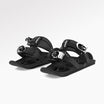













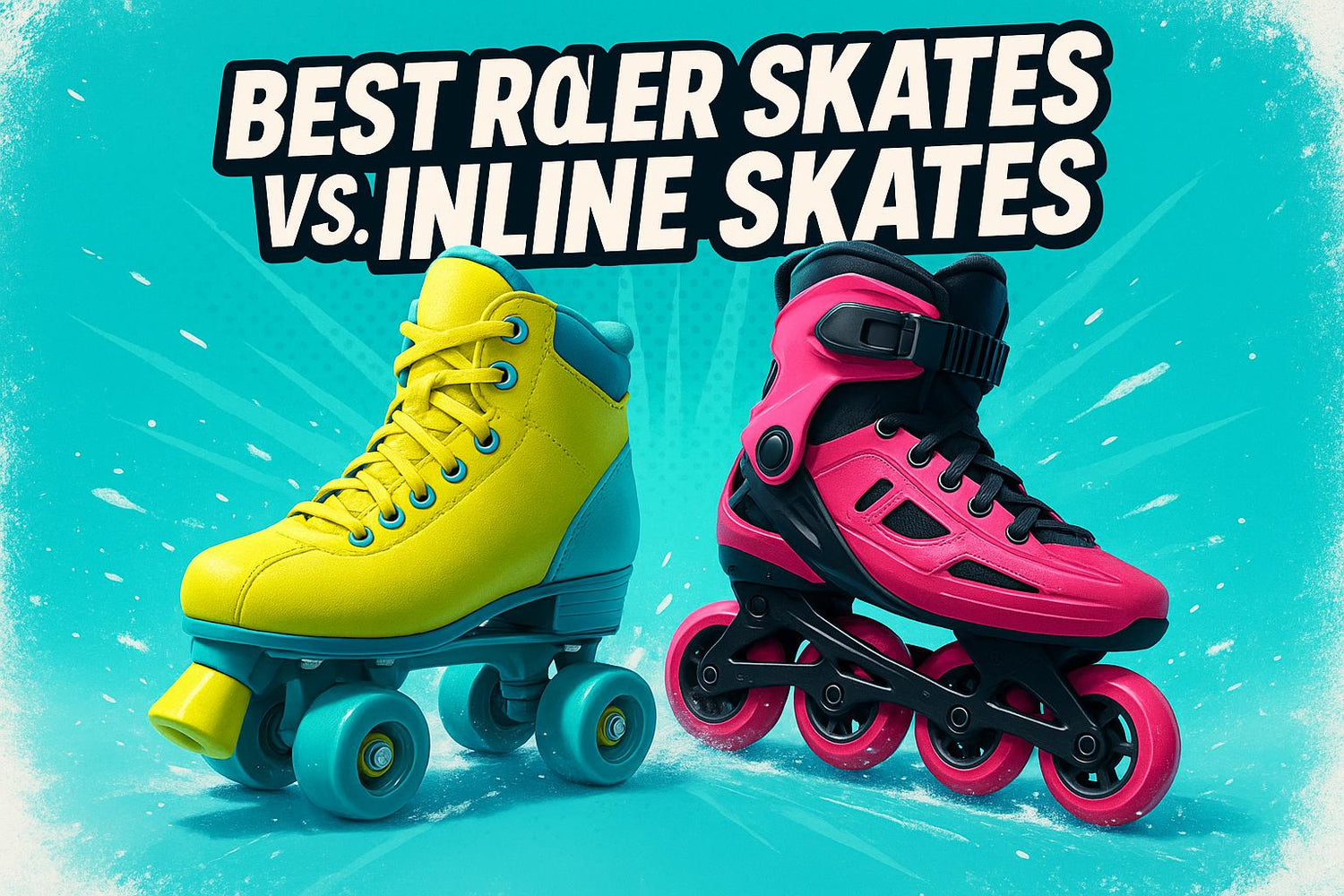
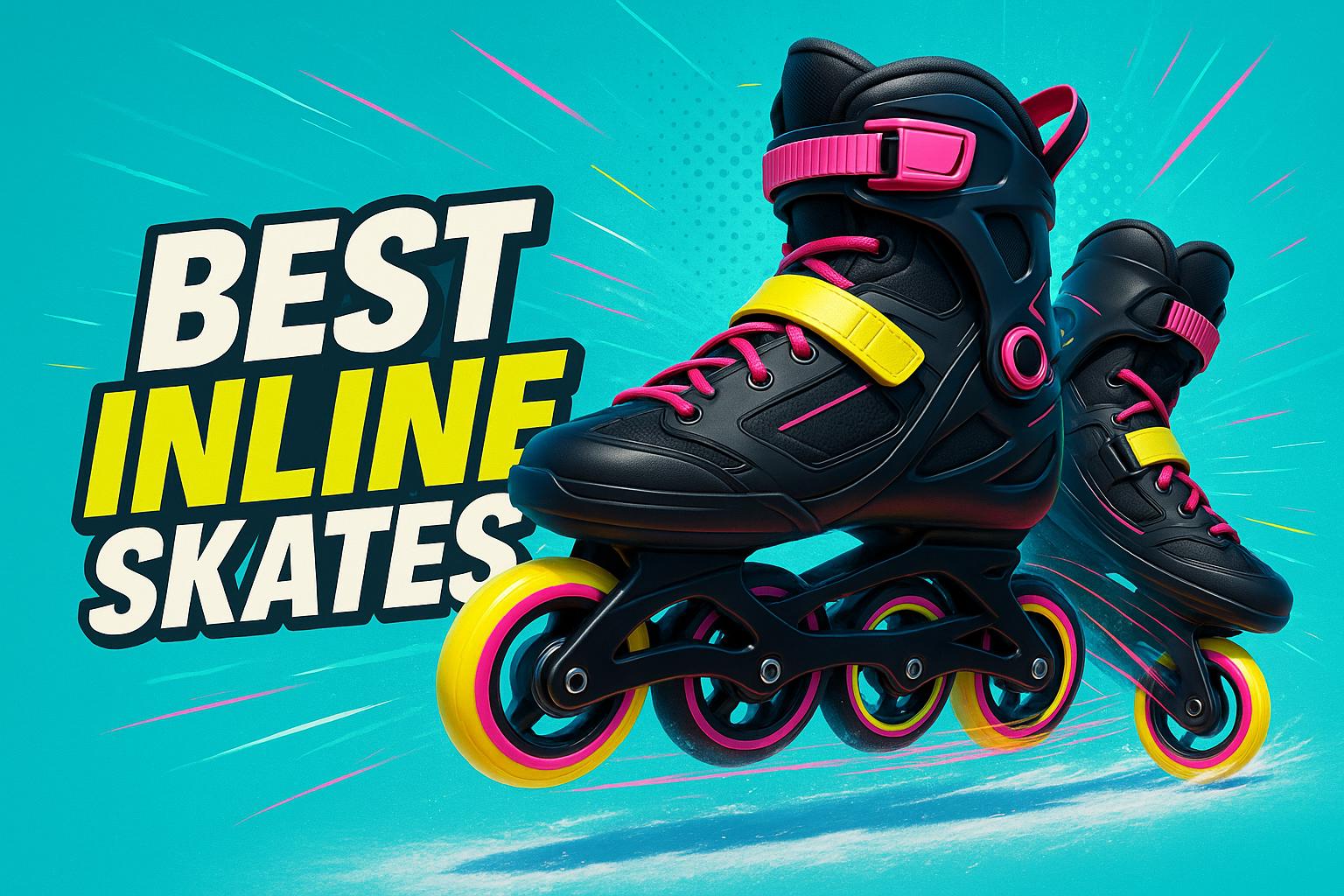
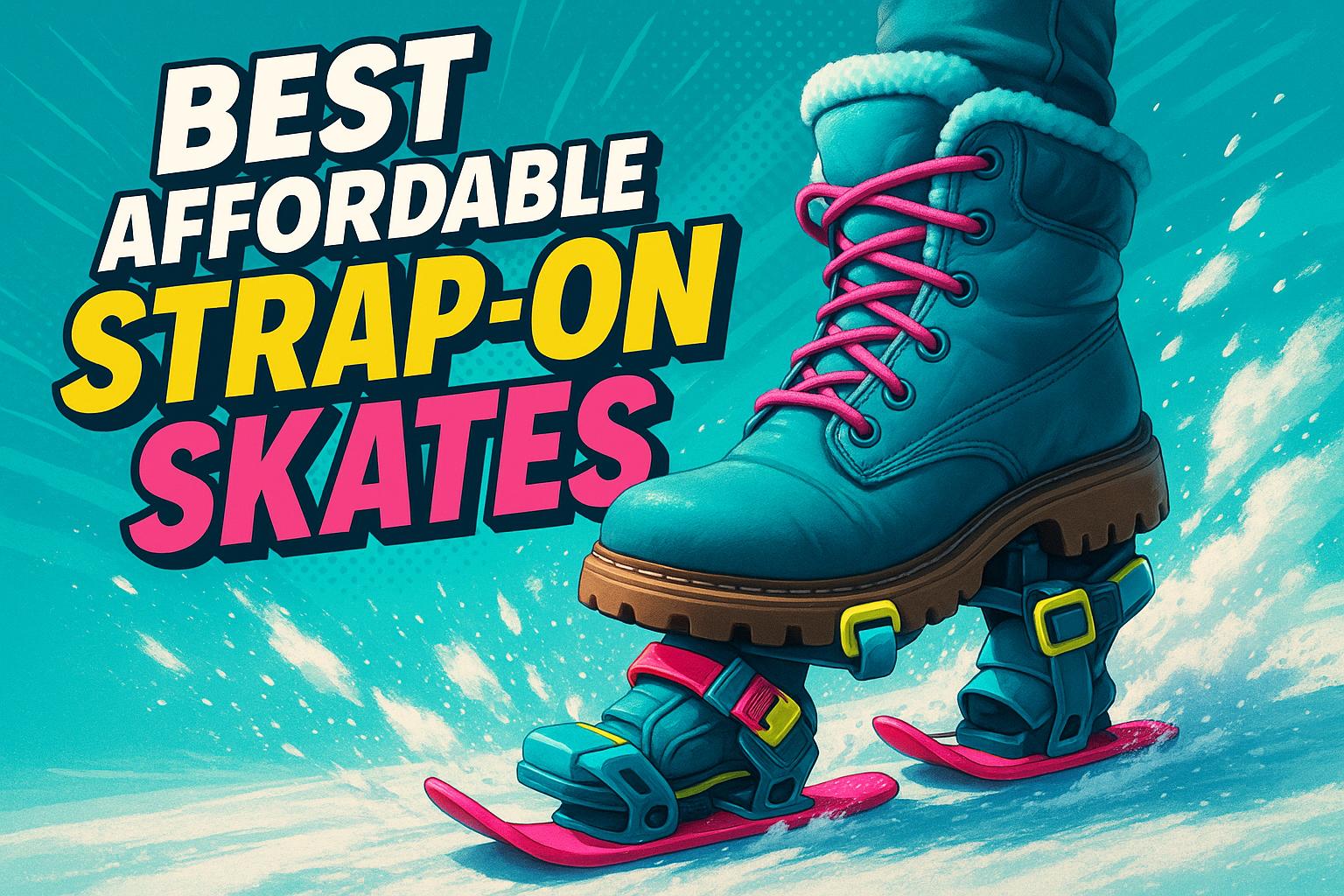




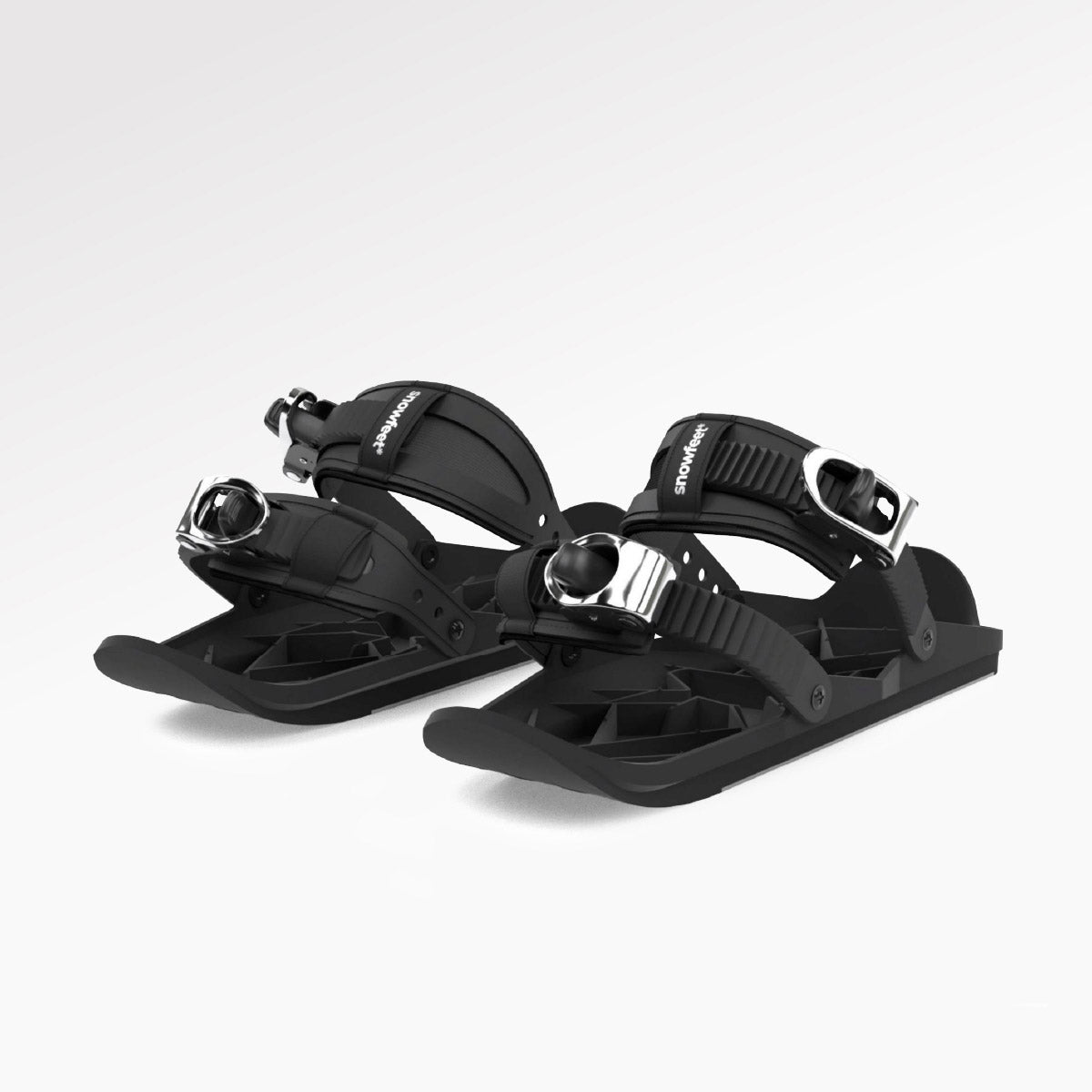
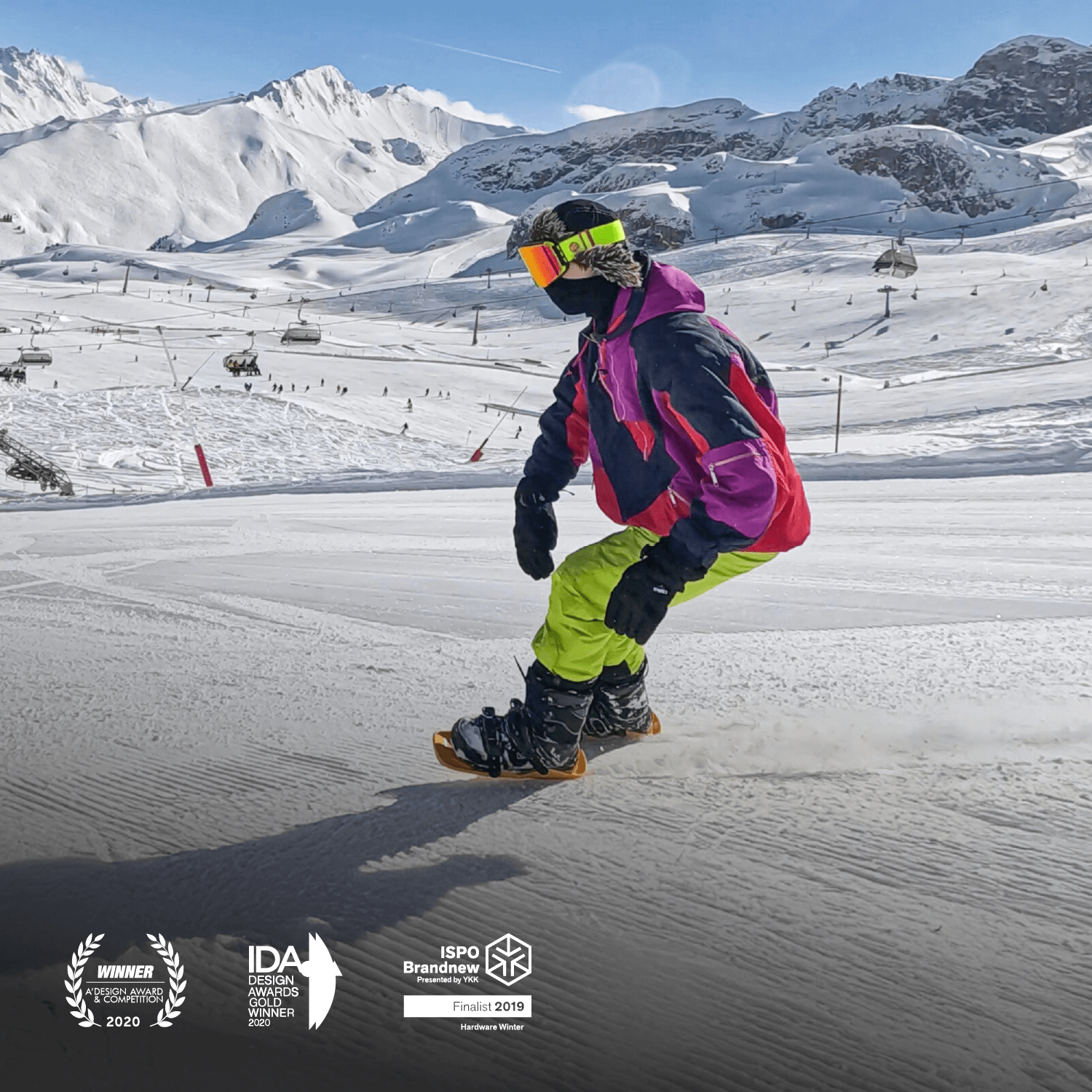




Lascia un commento
Questo sito è protetto da hCaptcha e applica le Norme sulla privacy e i Termini di servizio di hCaptcha.